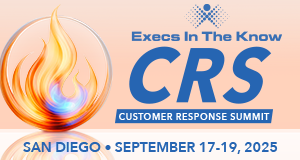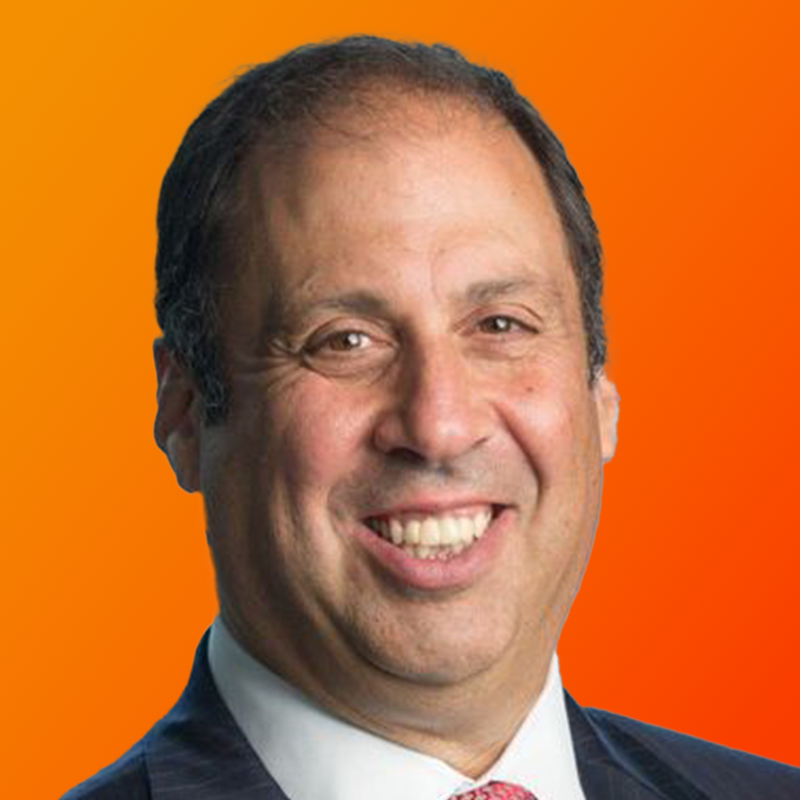
The following is a guest post from Susan Hash, Editor of Contact Center Pipeline.
Social Media: Tap Into the Power of Employee Advocates
Businesses pour an incredible amount of time and budget into creating positive buzz on social media. While tweeting, liking and sharing has largely been the domain of marketing and social media teams, more companies are now encouraging their employees to become brand ambassadors using their personal social networks. It’s called employee advocacy. Although it’s not a new concept, adding a social media component has amplified the effects.
What makes the employee voice so powerful? Employees have more credibility than the CEO on social media when it comes to the company’s work environment (48% vs. 19%), business practices and crises (30% vs. 27%), according to the 2016 Edelman Trust Barometer, the global communications marketing firm’s annual trust and credibility survey. The survey respondents also stated that, on social media and content-sharing sites, they’re far more trusting of family and friends (78%) than a CEO (49%).
I recently had the opportunity to talk with employee advocacy expert Christopher Hannegan, Edelman’s executive vice president, U.S. Practice Chair, Employee Engagement. The idea behind employee advocacy, he says, is that employees are so impassioned and excited about their company’s products, culture and workplace, they will actively talk to others about it, encourage them to buy the company’s products, or apply for a job.
Naturally, employee advocacy is rooted in the culture. “You have to have an engaged workforce before you can expect employees to go outside of the company and start talking favorably about what it’s like to work there and how great the products are,” Hannegan says. “Employees need to understand and feel good about where the company is heading, their role within the company, what they can do to make a difference, and they need to have a good relationship with their manager.”
Elements of an Employee Advocacy Program
If you are considering rolling out an employee advocacy program, there are a few critical core elements that need to be in place to be successful. Hannegan says it boils down to four areas:
– The content and information that your want employees to share.
– The technology to enable the sharing. “There are many tools available, but when assessing platforms, it’s important to be clear about what you’re trying to accomplish with your program before selecting the technology,” he notes, adding that, many times, companies will choose the platform before they’ve figured out why they’re launching an advocacy program.
– Cultural expectation setting. Make sure that employees not only understand that it is OK to share the content, but that it is viewed by the company as a positive activity. Importantly, they need to understand that it is optional and not a requirement. “If, for some reason, they’re not comfortable advocating for your company, they don’t have to,” Hannegan stresses. “That is especially important if you have a workforce represented by unions.”
– A way to measure the results. How will you know if your employee advocacy efforts are making a difference? Understand how you are going to measure what you’re trying to accomplish—whether that is increased sales of a certain product, more job applications from top talent or higher engagement with a particular blog post or other online content.
Common Missteps to Avoid
While a successful advocacy program can boost your company’s credibility, visibility and revenue, the reality is that many companies attempt to launch one without ensuring that the key elements are in place. The following are some of the more common mistakes to avoid.
– Not having a clear gauge of employees’ views of the company. Some companies make the mistake of trying to launch an advocacy program when employees are not likely to be positive advocates, Hannegan says. Measuring your employee engagement is critical to avoid misreading your audience.
– Assuming that employees don’t want to participate. Some companies take the opposite view that employees would not want to talk about them online or that there would be no value in it. “What companies sometimes overlook is that, if for nothing else but to help find talent and to help burnish your overall reputation, there is an incredible power in having your employees talk about you,” Hannegan says.
– Not providing employees with adequate training on how to use the social media tools or on the guidelines for sharing.
– Launching an advocacy program because “everybody has one and we should have one, too.” Companies need to clearly define the purpose of the program, Hannegan notes. Is it to sell more products? Improve the company’s reputation? Attract better talent? “Define the use case upfront so you can then develop the right programs, select the right technology, and build in the appropriate KPIs and the right measurement for it,” he says.
Consider an Internal Advocacy Program
Employee advocacy can be very impactful if there is a really clear and articulated business case for the program, and if every element of the program is anchored in the business case, Hannegan says.
Most companies think about employee advocacy as making it possible and desirable for employees to talk externally about the company and its products. An often-overlooked opportunity is to apply that same mentality within the company, he points out. “Having employees talking to each other about how great it is to work at the company or how excited they are about a product launch is powerful. It creates a positive cycle from within and reinforces engagement. That in turn helps to make the external advocacy even more compelling.”




 Mark McKercher
Mark McKercher


























